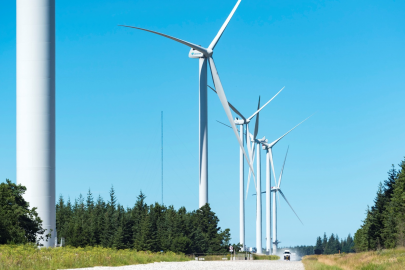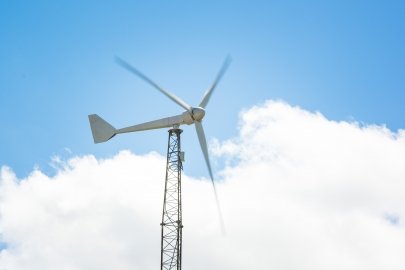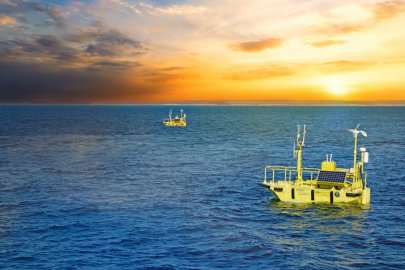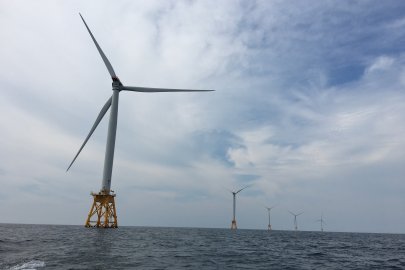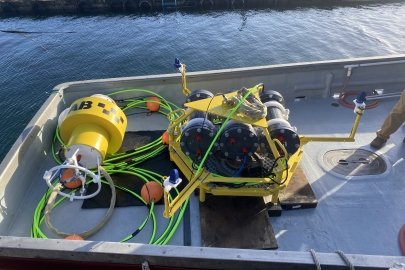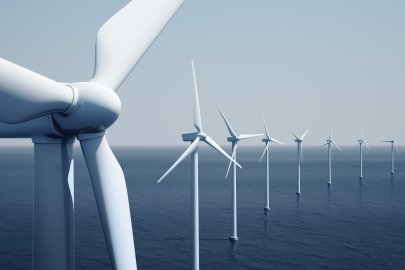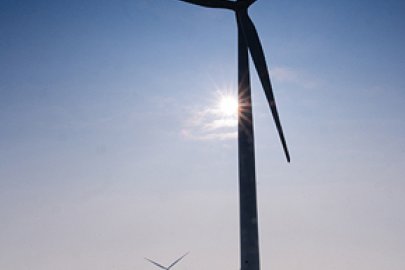Technology and commercial advancements are expected to continue to drive down the cost of wind energy, according to a survey of the world’s foremost wind power experts led by Berkeley Lab.
Wind Energy Technologies Office
June 2, 2021Study shows expected cost declines of 37%–49% by 2050
Technology and commercial advancements are expected to continue to drive down the cost of wind energy, according to a survey of the world’s foremost wind power experts led by Lawrence Berkeley National Laboratory (Berkeley Lab). Experts anticipate cost reductions of 17%–35% by 2035 and 37%–49% by 2050 under a median or best-guess scenario, driven by bigger and more efficient wind turbines, lower capital and operating costs, and other advancements. The findings are described in an article in Nature Energy, with further details on the Berkeley Lab website.
Following a similar effort in 2015, the study summarizes a global survey of 140 wind energy experts. It uncovers insights on the possible magnitude of and drivers for cost reductions, anticipated technology trends, and grid-system value-enhancement measures. It focuses on three wind applications: onshore (land-based), fixed-bottom offshore, and floating offshore.
“Wind energy has experienced accelerated cost reductions in recent years, both on land and offshore, making previous cost forecasts obsolete. The energy sector needs an updated assessment,” said Ryan Wiser, senior scientist at Berkeley Lab. “Our expert survey complements other methods for evaluating cost-reduction potential by shedding light on how cost reductions might be realized and by clarifying the important uncertainties in these estimates.”
Levelized cost of energy reductions across the three wind applications studied are relative to 2019 baseline values (see Figure 1). Offshore wind is expected to experience the greater relative cost reductions compared to onshore wind. Over time, the cost difference between fixed-bottom and floating offshore wind is expected to narrow. Experts now anticipate that by 2050, onshore and offshore costs will be half of what had been earlier predicted in 2015.
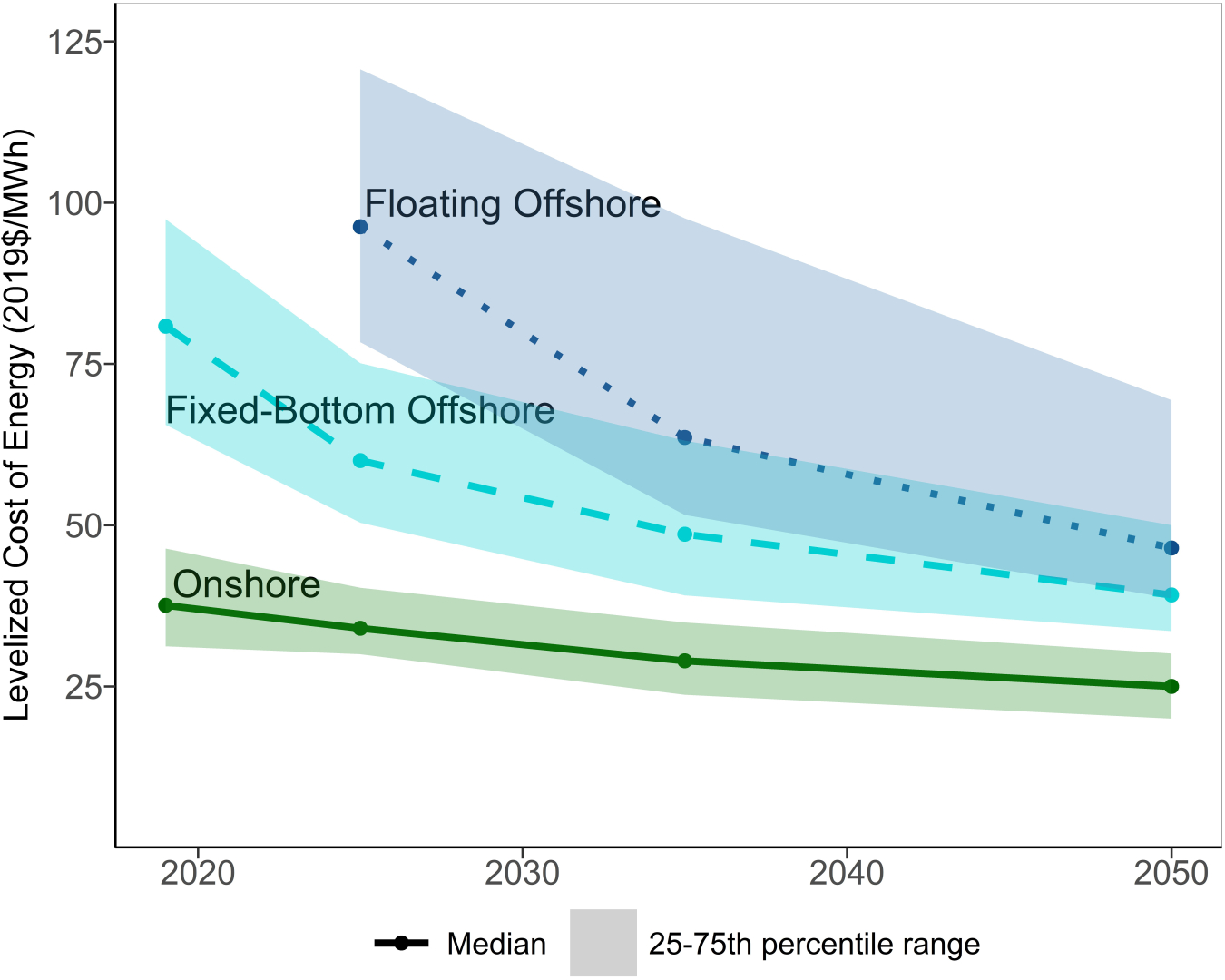
Figure 1. Estimates of future levelized costs for wind energy under the median scenario, based on responses to a global expert survey (MWh: megawatt-hour).
Figure from Berkeley Lab
Notwithstanding the maturing of both onshore and offshore wind, there is still substantial room for improvement and costs could be even lower—experts predict a 10% chance that reductions will be 38%–53% by 2035 and 54%–64% by 2050.
Five key factors impact the levelized cost of energy: upfront installed costs, ongoing operation and maintenance costs, electricity production, project life, and cost of financing. Experts anticipate continued improvements across all five factors, with the relative contributions varying by wind energy application.
“Forecasts that consider only improvements in installed cost will, at best, capture about 45% of the cost-reduction opportunity,” said Berkeley Lab coauthor Joe Rand.
A significant driver of these improvements is wind turbine size. For onshore wind, growth is expected not only in generator ratings (to 5.5 megawatts [MW] on average for projects newly installed in 2035, up from 2.5 MW in 2019) but also in rotor diameters and hub heights (see Figure 2). Offshore wind turbines are expected to get even bigger in the future—17 MW on average for projects built in 2035 (up from 6 MW in 2019). Floating offshore wind is anticipated to enter the market and gain market share, accounting for up to 25% of new offshore projects built in 2035.
Wind energy has grown rapidly, but its long-term contribution to energy supply depends, in part, on future costs and value. The new study finds that cost reductions have accelerated in recent years—faster than previously predicted by most forecasters and faster than historical rates of decline. Experts anticipate future reductions and growing use of value-enhancement measures for both onshore and offshore wind.
“All else being equal, these trends will enable wind to play a larger role in global energy supply than previously thought,” said Berkeley Lab coauthor Joachim Seel. “Analysts, funders, and energy system planners should avoid using outdated assumptions and forecasts.”
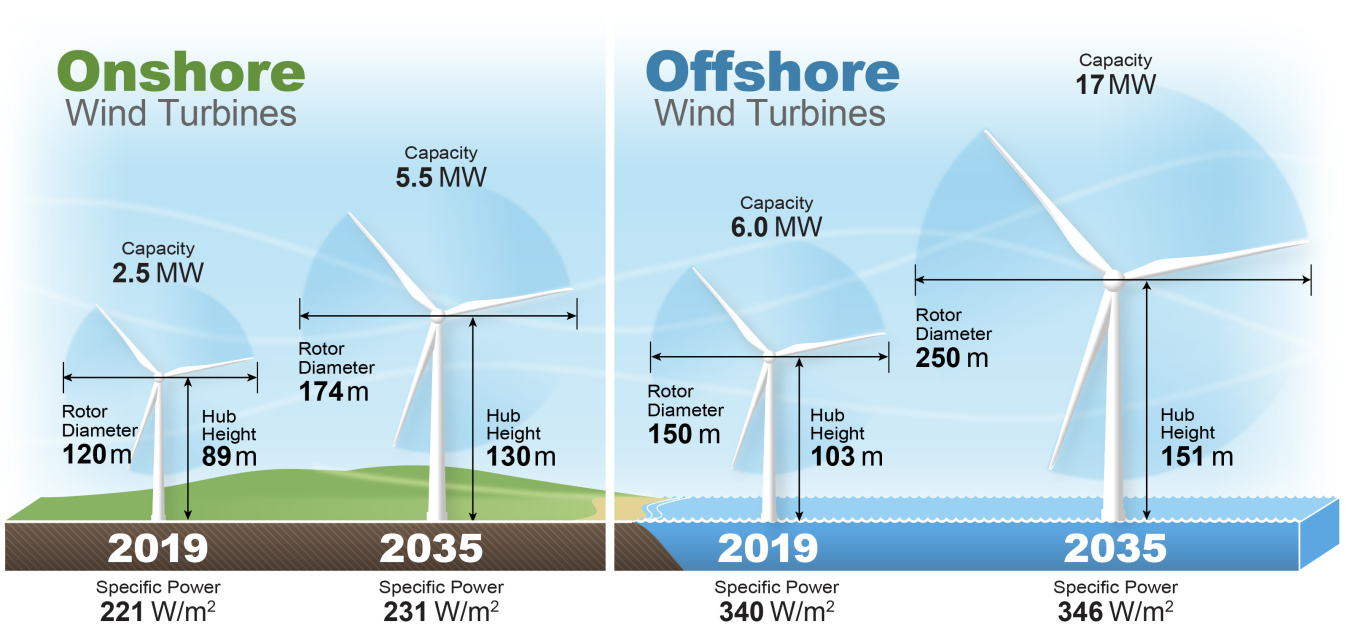
Figure 2. Anticipated growth in land-based and offshore wind turbine size, based on responses to a global expert survey
(m: meters; W: watts). Graphic by John Frenzl, National Renewable Energy Laboratory (NREL)
At the same time, uncertainties in estimating the amount of future cost reductions are significant, illustrating the importance of accounting for uncertainty in modeling and analysis and in making policy, planning, funding, and research decisions.
The study was led by Berkeley Lab, with contributions from Eric Lantz and Philipp Beiter of the National Renewable Energy Laboratory (NREL), Patrick Gilman of DOE, the University of Massachusetts, and scores of other advisors. The International Energy Agency Wind Technology Collaboration Programme–Task 26, Cost of Wind Energy conducted the survey.
Subscribe to learn more about WETO R&D projects, news, accomplishments, and recent publications.
Subscribe to the WETO e-newsletter to stay informed on the latest wind energy news, events, publications, and updates.


